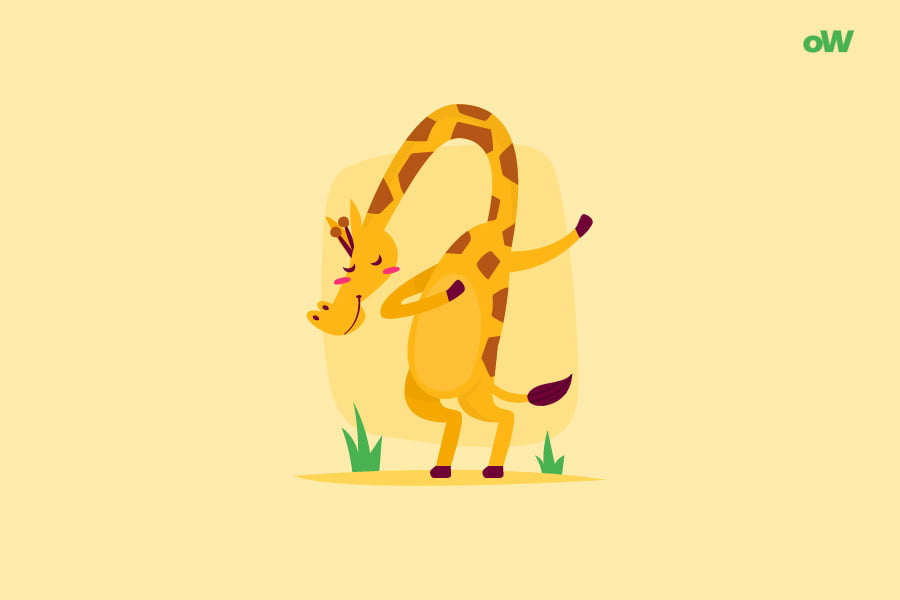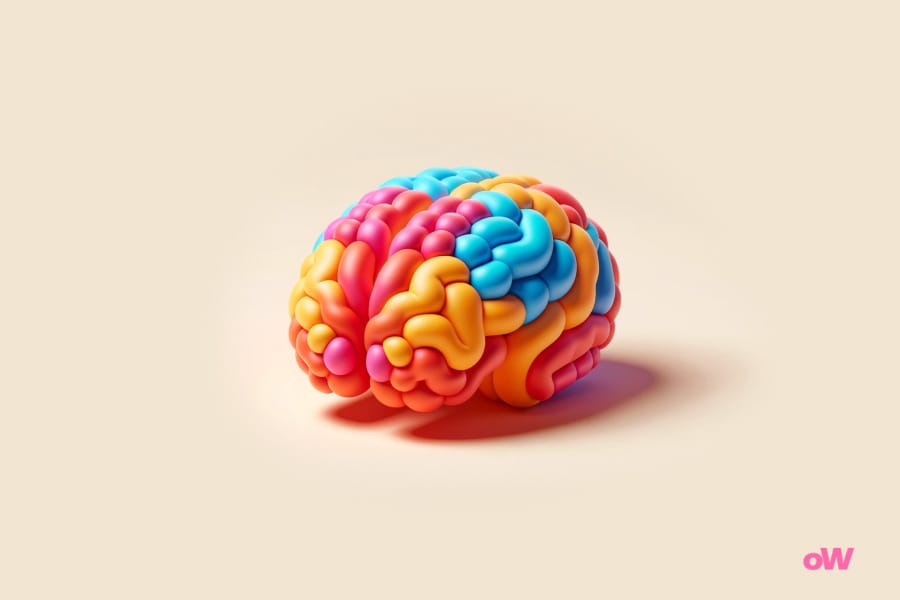Dirty Mind Test: Bananas, Melons, or Cherry?

A banana, a melon, and a cherry walk into a bar… No, this isn’t the beginning of an old joke, but rather the first words of the Dirty Mind Test, which has garnered millions of completions on social media over the past year. These three innocent fruits somehow manage to reveal more about a person than many lengthy psychological questionnaires.
What is the “Dirty Mind Test”?
The history of such tests traces back to psychological experiments from the mid-20th century when scientists began investigating the mechanisms behind the formation of associations. The modern “Dirty Mind Test” is a unique game with our subconscious, where ordinary words serve as the main tool, capable of triggering various associations.
The test is based on the phenomenon of “dual perception” — our brain’s ability to interpret the same stimulus in different ways. Similar to the famous “wife-mother-in-law” picture, where some see a young woman while others see an elderly lady, the words in the test can evoke both innocent and risqué associations.
Interestingly, the choice of fruit-related themes isn’t coincidental. Fruits historically carry rich symbolic meaning across many cultures. One need only recall the biblical apple or numerous Renaissance still-life paintings where fruits often symbolized sensuality and fertility.

Why Do We See What We See?
The mechanism of forming associations is a true theater of neural connections in our brain. When we encounter a stimulus word, our brain instantly activates an entire network of related concepts, images, and memories. This process happens so quickly that we can’t track it — we only receive the final result in the form of an association.
Fascinating is that our brain operates as an “anticipatory system.” It constantly tries to predict what comes next, drawing from previous experience. Therefore, when we see the word “banana,” the brain immediately activates all possible contexts in which we’ve encountered this word before: from culinary recipes to randomly glimpsed internet memes.
Various brain regions are involved in this process. For example, the amygdala is responsible for the emotional coloring of associations, while the prefrontal cortex helps filter out inappropriate meanings in a given context. This is why in formal settings, we tend to choose more “proper” interpretations, even if a different association first came to mind.

Cultural Context and Personal Experience
Our associations are a complex cocktail of personal experience, cultural background, and modern information field. Take the word “cherry,” for example. In Japanese culture, cherry blossoms (sakura) symbolize life’s transience and the beauty of the moment. In European tradition, cherries often associate with romance and youth. And in modern pop culture, this word has acquired entirely new meanings thanks to emojis and social media slang.
It’s interesting to trace how associations change depending on generation. Some find in these differences the unique vibe of their time and generation. A millennial might connect bananas with memes about using bananas for scale in photographs or the famous Velvet Underground cover. A Gen Z representative might recall popular TikTok dance videos featuring bananas. And someone from the older generation might associate bananas with the scarcity of tropical fruits during the Soviet era.
Urban and rural environments also form different association patterns. For city dwellers, fruits most often exist in the context of stores or advertising. A rural resident, having direct experience in growing fruits, is more likely to associate them with the process of ripening, harvesting, and processing.

Practical Applications of Test Results
Despite its apparent simplicity, the test has several important practical applications:
Developing Creative Thinking
The test serves as an excellent tool for developing creativity. The ability to see multiple meanings and contexts becomes an important skill for creative professions. Copywriters, designers, and marketers constantly work with the ambiguity of words and images.
Improving Information Perception
Understanding how associative connections work helps us more effectively perceive and remember new information. Mnemonic association techniques are widely used in learning foreign languages and memorizing complex information.
Developing Sense of Humor
Test results can tell us much about our sense of humor. The ability to notice ambiguity and play with it becomes an important social skill. This helps better understand subtexts in communication, recognize irony, and create deeper social connections.
Cross-Cultural Research
Using such tests in cross-cultural research is particularly interesting. Differences in interpreting the same words can reveal much about cultural characteristics and social taboos of different societies.
In Conclusion
The “Dirty Mind Test” is a window into the amazing world of human perception, where simple words can tell a complex story about our experience, culture, and way of thinking.
Our associations are a unique personality imprint, shaped by years of experience and immersion in a particular cultural environment. They reflect not only our personal experience but also the collective unconscious of our time, manifesting through memes, trends, and media content.
In a world that strives for unambiguity and certainty, the ability to see the multifaceted nature of meanings becomes especially valuable. It helps us be more flexible in thinking, better understand other people, and find unexpected solutions in various life situations.
And while for some a banana will remain just a fruit, and for others become a reason to smile — it’s important to remember that this ambiguity contains the amazing richness of human perception. After all, it’s the ability to see different meanings in simple things that makes our life more interesting and multifaceted.
Disclaimer
This quiz is designed for entertainment purposes only. The results are not scientifically validated and do not constitute professional advice or assessment. The quiz results are meant to be fun and should not be used as a basis for any life decisions or as a substitute for professional consultation. If you need personalized guidance, please consult with appropriate qualified professionals.
Questions Overview
- A delicious fruit.
- A phone.
- A boomerang.
- Something naughty.
- Morning stretches and yoga.
- Jumping on the bed!
- Studying late into the night.
- Hmm, that's private.
- Dad jokes.
- Memes about cats.
- A rubber chicken.
- The number "69".
- A juicy summer fruit.
- A strange breed of watermelons.
- A prop in a comedy skit.
- A cheeky innuendo.
- Freshly baked bread.
- Glutes workout results.
- A scene from a cartoon.
- A risqué beach scene.
- Makes me crave homemade bread.
- An exciting business opportunity.
- Sounds magical!
- Giggle-worthy, for sure.
- Oh, they must've ordered something online.
- A surprise gift!
- Perhaps a big letter or a grant?
- Oh, really now?
- A topping for desserts.
- The aftermath of a fun food fight.
- An ingredient in a chemistry experiment.
- A scene from a spicy movie.
- They must be crafty or good at DIY.
- Skilled in video games.
- An artist or musician, perhaps?
- Oh, tell me more...
- A tasty fruit I'd like to bite into.
- A type of candy.
- A character from a fairytale.
- I see where you're going with this...
- A perfectly cooked steak.
- A pet name for a loved one.
- Sounds like a band name!
- I'm blushing...
- A relaxing movie night!
- A series binge-watching session.
- They have air conditioning!
- Is that an invitation?
- Dancing energetically.
- Making a smoothie.
- Playing with a toy.
- Something a bit naughty.
- Nature and the ecosystem.
- A song from the '60s.
- An educational talk parents give.
- A playful metaphor for... you know.
- Yummy candies or truffles.
- An ingredient in a recipe.
- An art project with round shapes.
- That's a bold offer.






